Jeongjo Theme Performance Hall (정조테마공연장)
17.4Km 2024-07-24
817 Jeongjo-ro, Paldal-gu, Suwon-si, Gyeonggi-do
Jeongjo Theme Performance Hall is located in a hanok-style building just next to the Temporary Palace of Hwaseong Fortress in Suwon. The hall serves as venue to a range of performances, both traditional and modern, and is a great addition to family visits to the area.
Jongi Kkotbat: Duhalmangbonpuli (종이꽃밭 : 두할망본풀이 - 수원)
17.4Km 2024-07-24
817 Jeongjo-ro, Paldal-gu, Suwon-si, Gyeonggi-do
+82-31-290-3578
Jongi Kkotbat is a pansori performance held at Jeongjo Theme Performance Hall in Suwon.
Euljiro Nogari Alley (을지로 노가리골목)
17.4Km 2024-10-29
129, Eulji-ro, Jung-gu, Seoul
+82-2-1330
The alley that connects from Euljiro 3(sam)-ga Station, Exit 4 is full of people eating dried young pollack and drinking beers at tables along the street every night. Under the bright lamp lights, plastic tables filled with customers can be seen. The first Nogari pub, Eulji OB Bear, opened in November 1980 to form what is now the Euljiro Nogari Alley. Euljiro also has the largest Printing Alley in the nation, providing printing for almost all books and printed materials across the country. The shift workers would stop by the pub for dried young pollack and cold beer before heading home after work, leading to more restaurants opening nearby until the alley was formed. In the beginning dried young pollack was cooked over a briquet fire and served with red pepper paste, but now, the alley is full of pubs and restaurants serving various types of food, but nothing beats nogari and cold draft beer.
Suwon Bongnyeongsa Temple (봉녕사 (수원))
17.4Km 2025-02-04
236-54 Changnyong-daero, Paldal-gu, Suwon-si, Gyeonggi-do
Bongnyeongsa Temple is located at the foothills of Gwanggyosan Mountain. It features various structures, including the main Buddha hall, meditation spaces for monks, and a bell pavilion housing ritual objects like a bell, wooden fish, cloud-shaped gong, and dharma drum. The temple is also home to an 800-year-old juniper tree. Visitors can enjoy tea at the resting space and explore the temple food education center. Templestay programs offer a chance to experience Buddhist culture through activities such as prayer, meditation, temple food making, and tea talks.
Yu Yuan (유 유안)
17.4Km 2017-02-24
97, Saemunan-ro, Jongno-gu, Seoul
With a name derived from Shanghai's beautiful garden, Yu Yuan displays the glamorous exuberance and abundance of Shanghai in the 1920s. Offered menus are mostly based on Guangdong cuisine along with other Chinese regional specialties such as Bejing Duck.
Omokjip Sejong Center for the Performing Arts(오목집 세종문화회관)
17.4Km 2020-11-20
5-7 Saemunan-ro 5-gil Jongno-gu Seoul
+82-2-722-6882
It is a good store for office worker's group dinners. This restaurant's signature menu is braised pigs' feet. This Korean dishes restaurant is located in Jongno-gu, Seoul.
Nature Collection - Gwanghwamun Branch [Tax Refund Shop] (네이처컬렉션 광화문)
17.4Km 2024-04-18
1F, 105, Saemunan-ro, Jongno-gu, Seoul
-
Korea Etiquette Institute (한국예절문화원)
17.4Km 2022-07-08
43 , Gajaeul-ro 4-gil, Seodaemun-gu, Seoul
+82-2-391-1988
Korea Etiquette Institue is dedicated to observing, researching, developing and passing down Korea's etiquette. Education programs are also available.
Four Seasons Charles H. (포시즌스호텔서울 찰스.H)
17.4Km 2024-03-15
97 Saemunan-ro, Jongno-gu, Seoul
This bar is named after the legendary American writer Charles H. Baker. It is inspired by speakeasy bars, which were bars hidden from sight during the Prohibition period, so its door blends into the surrounding walls. So, when one steps into the space, it is like stepping into a secret hangout. A cover charge of 10,000 won gives patrons a welcome drink, finger foods, and snacks. The menu is inspired by cocktails that Charles H. Baker had across the world, such as New York City, Mexico, Shanghai, Cuba, and Tahiti. It won 7th place in Asia’s 50 Best Bars list and 42nd place in the World’s 50 Best Bars list. The ambience is relaxed, and attentive services ensure that you can have a comfortable time here.
Gyodae Galbijip Sejong Center for the Performing Arts(교대갈비집 세종문화회관)
17.4Km 2020-11-20
5-3 Saemunan-ro 5-gil Jongno-gu Seoul
+82-2-730-6882
A great place for group dinners and gatherings. This BBQ restaurant is located in Jongno-gu, Seoul. The representative menu is grilled spareribs.
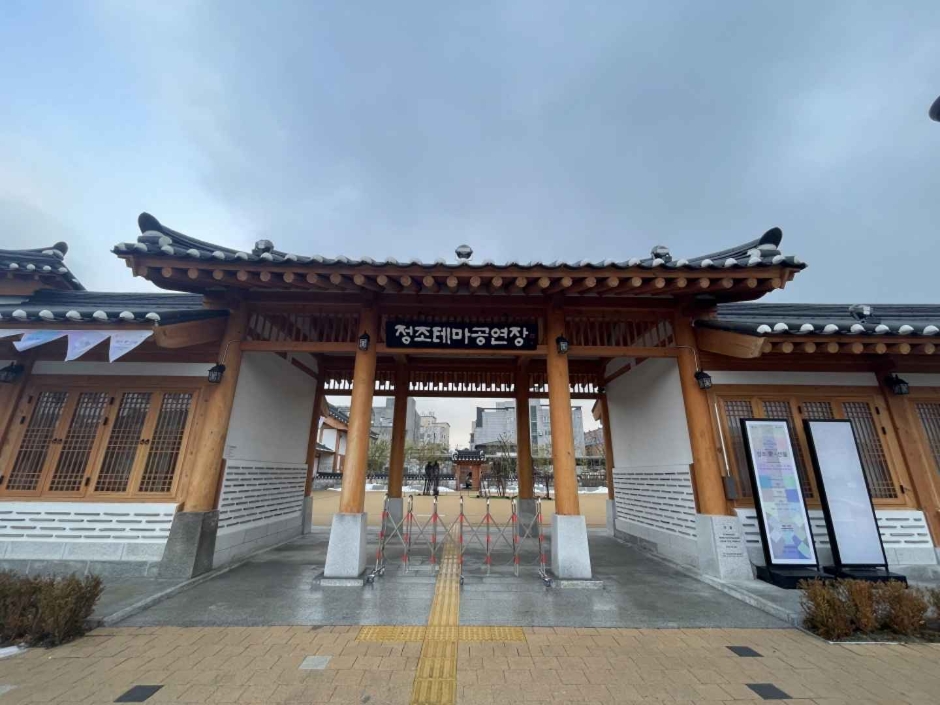
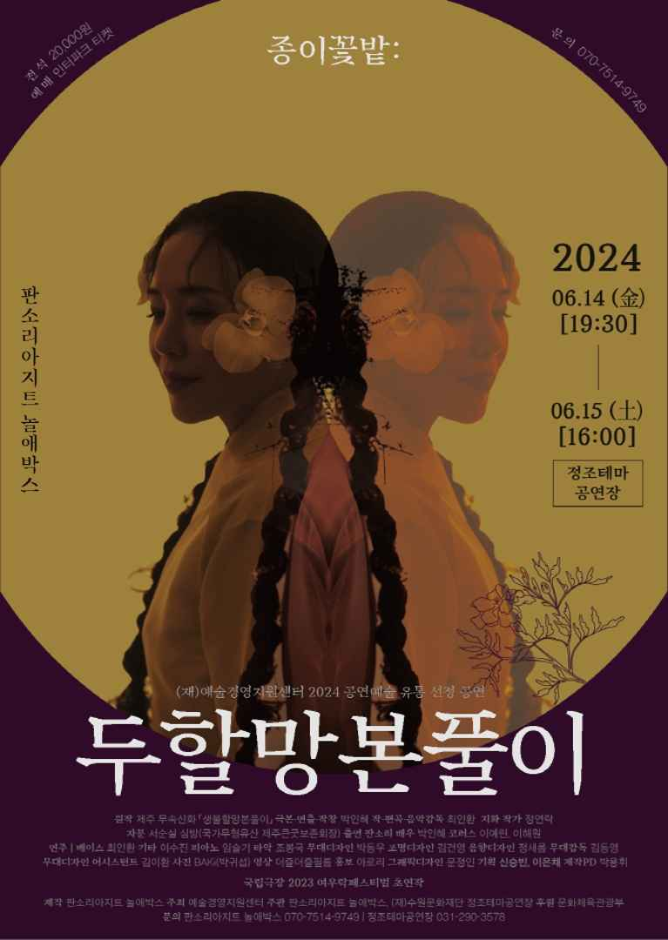
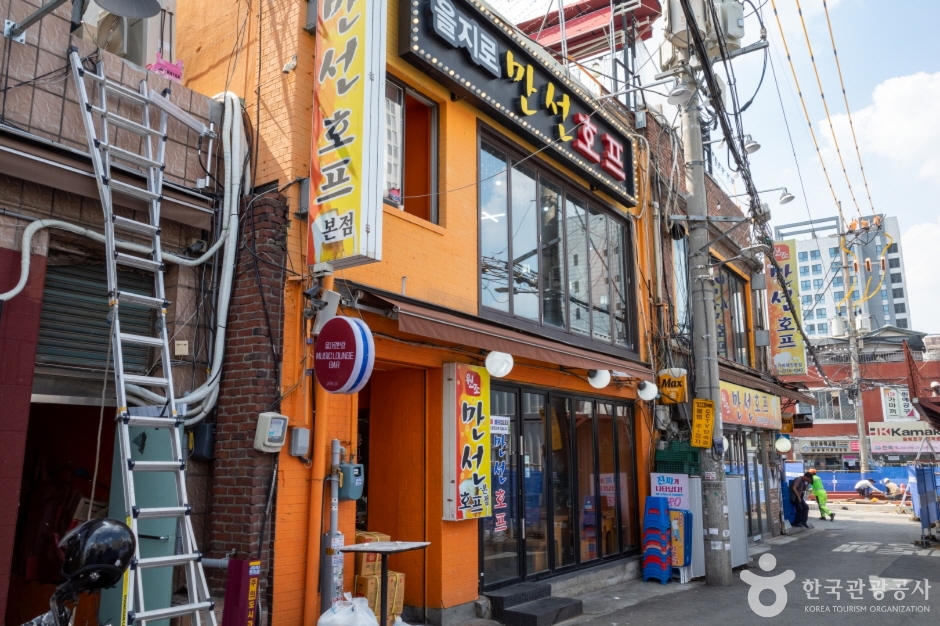

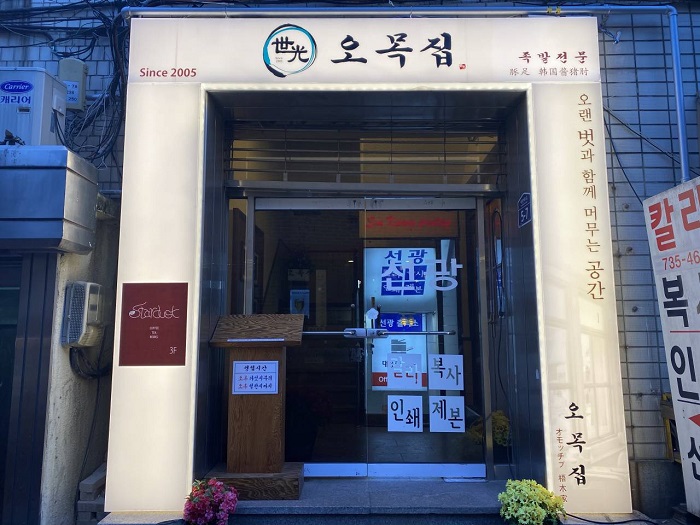
![Nature Collection - Gwanghwamun Branch [Tax Refund Shop] (네이처컬렉션 광화문)](http://tong.visitkorea.or.kr/cms/resource/54/2888854_image2_1.jpg)
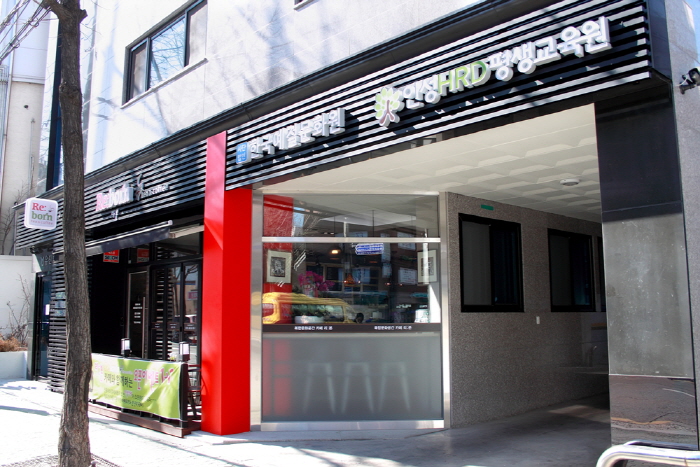
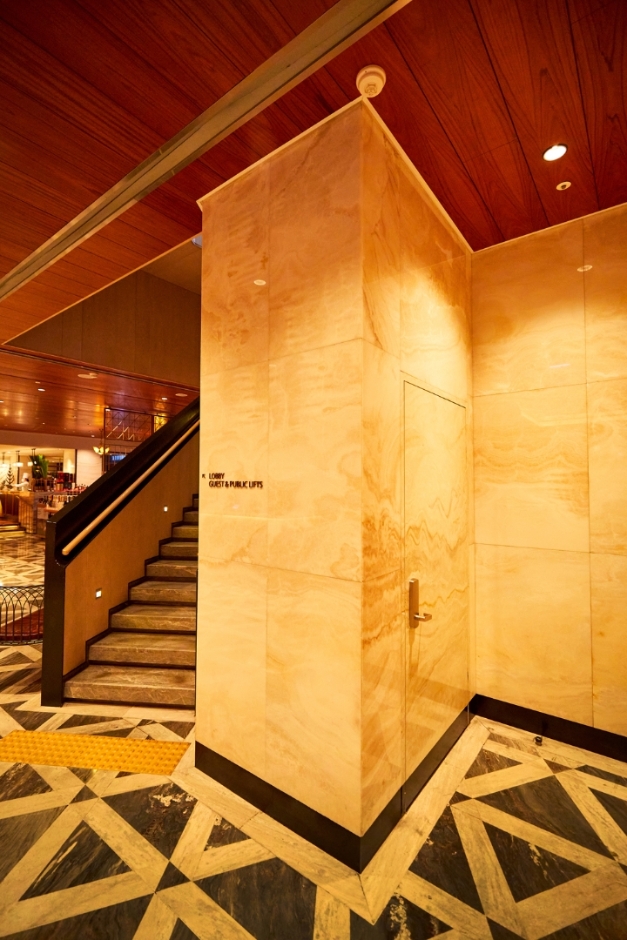
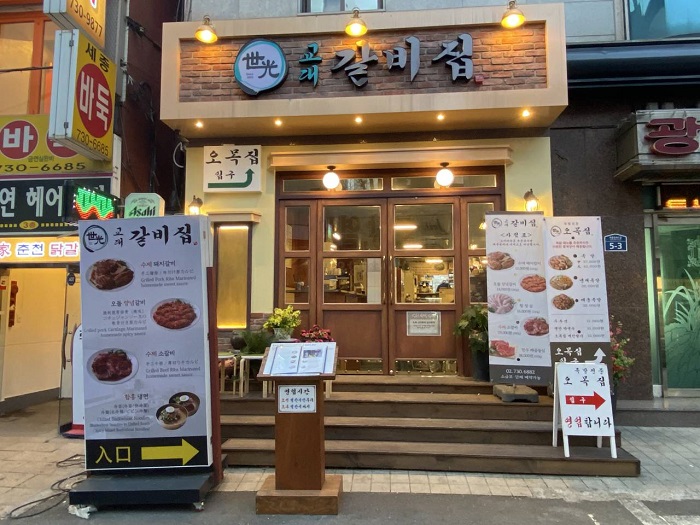
 English
English
 한국어
한국어 日本語
日本語 中文(简体)
中文(简体) Deutsch
Deutsch Français
Français Español
Español Русский
Русский